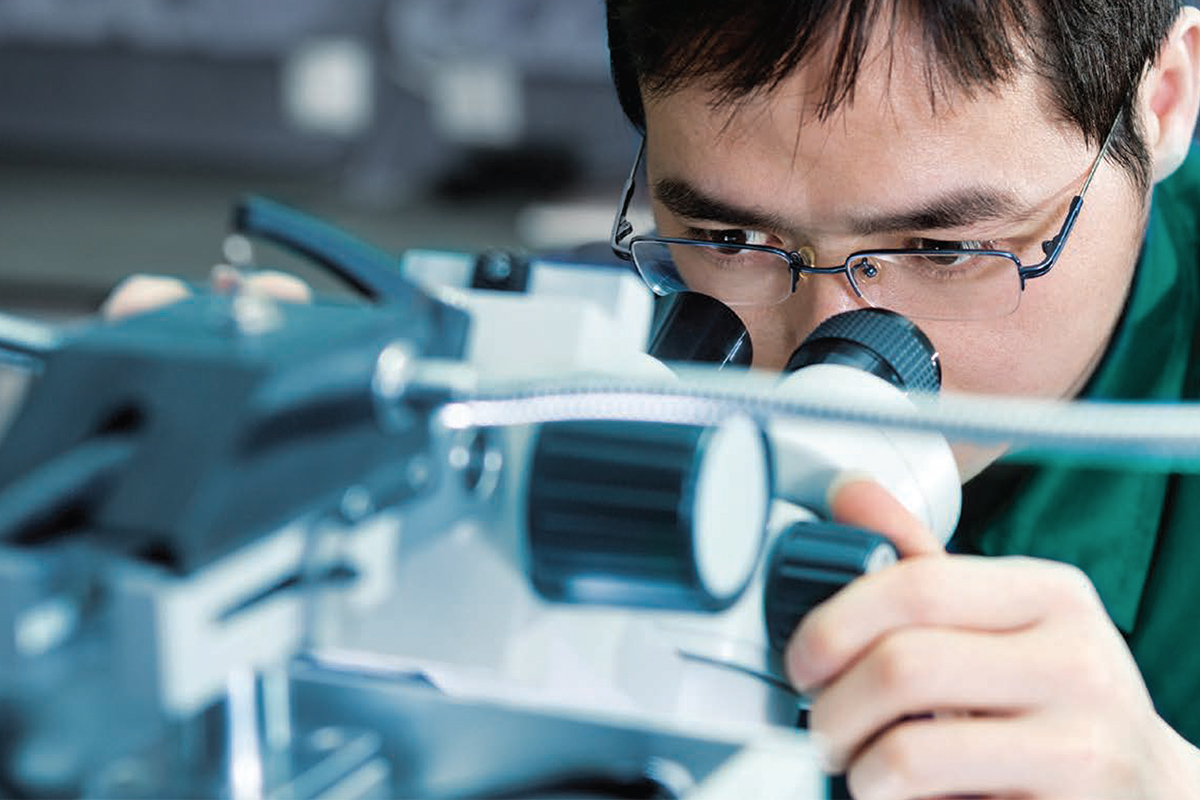3 Keys to Success for Microwave Companies Evaluating Contract Manufacturing Services

The nuances of RF/microwave design, manufacturing, and testing leave little room for error. And shortening the design, development and manufacturing cycle can be especially challenging. But when several production schedules need to be balanced on a production floor at once, contract manufacturing partners must be considered. This is typically when a microwave product design and manufacturing company might consider looking offshore for contract assembly service providers.
But managing less than high volumes and the typical stop and start for design reviews and testing, can often make going overseas and across several time zones prohibitive in the microwave industry. That’s why many companies are establishing strategic partnerships with US-based contract manufacturers that are dedicated experts in microwave design, automated and manual assembly, high frequency testing and military standard (MIL-STD) environmental and mechanical screening.
Full-service local outsources are not only offering cost-effective delivery of high-quality products, they’re freeing up internal teams to stay focused on the strategic issues that matter most to growing a business.
By outsourcing lower volume and perhaps more unique assembly work on an as needed basis, you, too, can avoid idle hands and idle machines. A well-thought-out outsourcing strategy can also reduce your equipment needs and training costs and allow your design teams to gain momentum on their research and development projects.
In this blog, we'll explore 3 KEYS that will make your contract microwave manufacturing relationship a success.
1. EFFECTIVELY AUDIT YOUR NON-ESSENTIAL TASKS
It's simple to understand that the design and production process is optimized when an OEM can leverage its engineering talent towards their respective specialties. Your c-suite executives and middle managers have probably been preaching for years that "we must remove all non-essential tasks and streamline the time to market..." etc., etc., and yet, how often do you see design engineers doubling as test engineers and assembly technicians? Everyone knows they're stealing valuable time and focus from more profitable work, but nobody is taking action. That's why taking a step back and auditing non-essential tasks is the first step in considering the what, when, where, why and how to outsource.
Evaluating critical ‘make or buy’ and ‘repair or replace’ decisions requires thoughtful and collaborative dialogue among teams to reach any kind of valuable conclusion. A qualified RF/microwave contract manufacturer should be able to help faciliate such an audit and provide your team members the opportunity to work together and truly evaluate what they do best, and where there is obvious opportunity to outsource.
2. THOROUGHLY EVALUATE A SERVICE PROVIDER'S TESTING AND SCREENING CAPABILITIES
Military and aerospace programs require standardized testing in accordance to various military specifications for quality assurance. This means that all parts need to be screened before integration. This often includes upscreening and specialized application-based tests. While competent in the assembly area, this component-level minutia can oftentimes be the Achilles heel of an inexperienced outsource because creating robust production test and screening labs requires a commitment of time and space, and continuous investment. Equipment, such as vector network analyzers (VNA) for s-parameter analysis, spectrum analyzers for noise figure and IP3, power meters for P1dB, and RF test chambers, must operate flawlessly in order to deliver reliable and consistent results. Additionally, a test department typically requires a wide variety of in-stock testing components to handle various scenarios.
For example, a high frequency space application that includes an assembly operating at Ka-band would require the test equipment and its respective set of robust cable assemblies, connectors and adapters to operate at that frequency as well.
Simply put, an outsource that is committed to high frequency assembly and test will be able to convincingly demonstrate the breadth of bands they can test to and the caliber of their in-house testing and screening capabilities.
3. CONSIDER THE COMPLEXITY OF THE ASSEMBLY YOU’LL NEED TOMORROW
There are a variety of manual methods that are used in hybrid assembly including hand soldering, eutectic attachment, ribbon bonding, coil winding, and surface mounting. A microwave outsource should be able to demonstrate they have the equipment and staff to handle such routine tasks with efficiency. But it’s also important to consider how often your builds might include more sophisticated, automated printed circuit board assemblies (PCBAs) as well. You'll find a host of low-cost PCB manufacturers online, but will they know how to handle your high mix, fine pitch, or VGA needs? Can they process your odd shaped boards and then install them in the assembly? Do they stock the components and bonding tools necessary? Will they be able to put together a process development and test procedure? As you consider your next microwave assembly outsource it’s important to forecast, and to find a partner that will be ready and able to react as your requirements change. Odds are, you’re going to need that tougher job in a pinch. So, best you know when and if your potential go-to contractor is going to flinch.
To learn more, download our tech brief on utilizing US-based microwave assembly contractors below.


